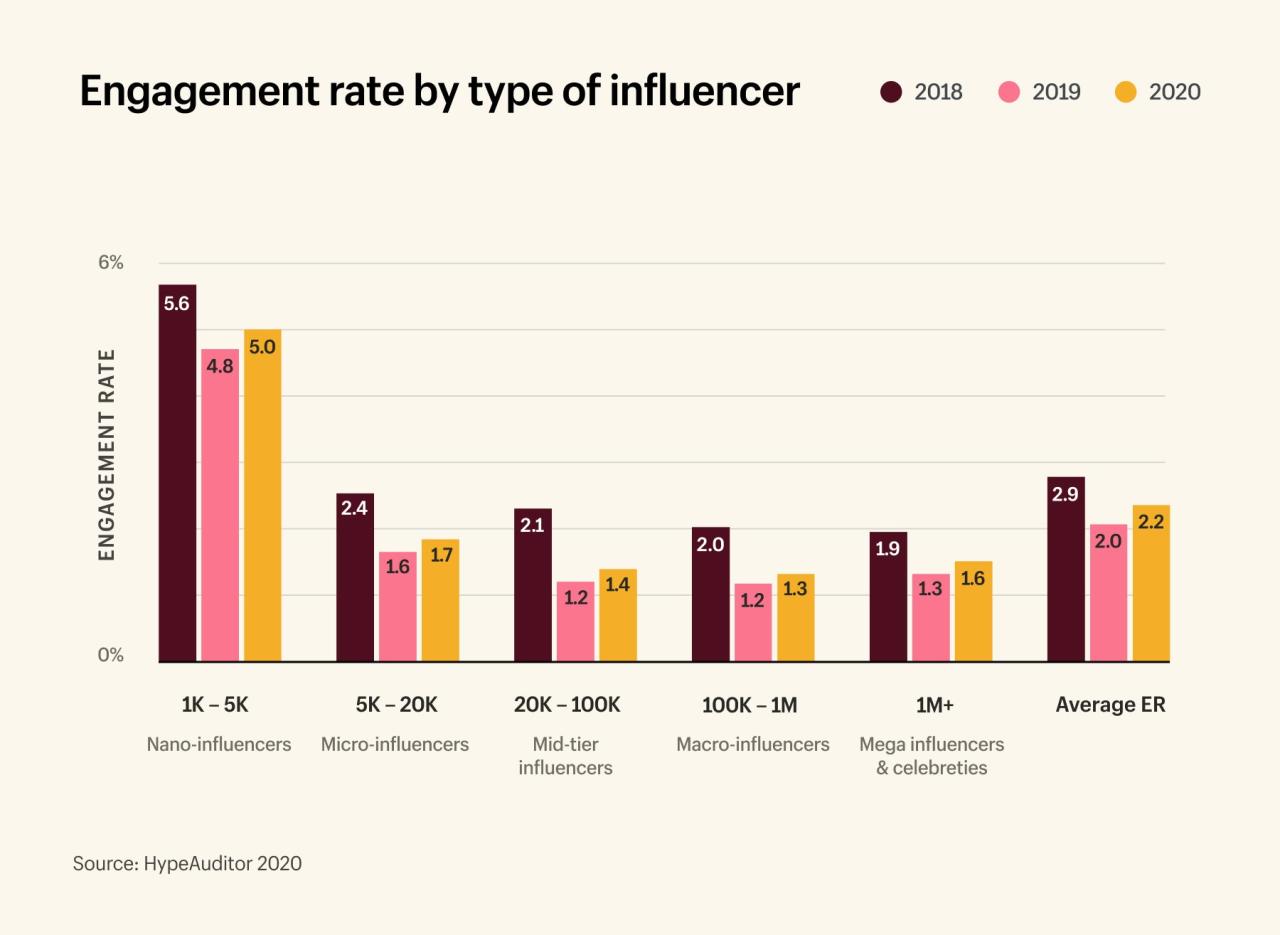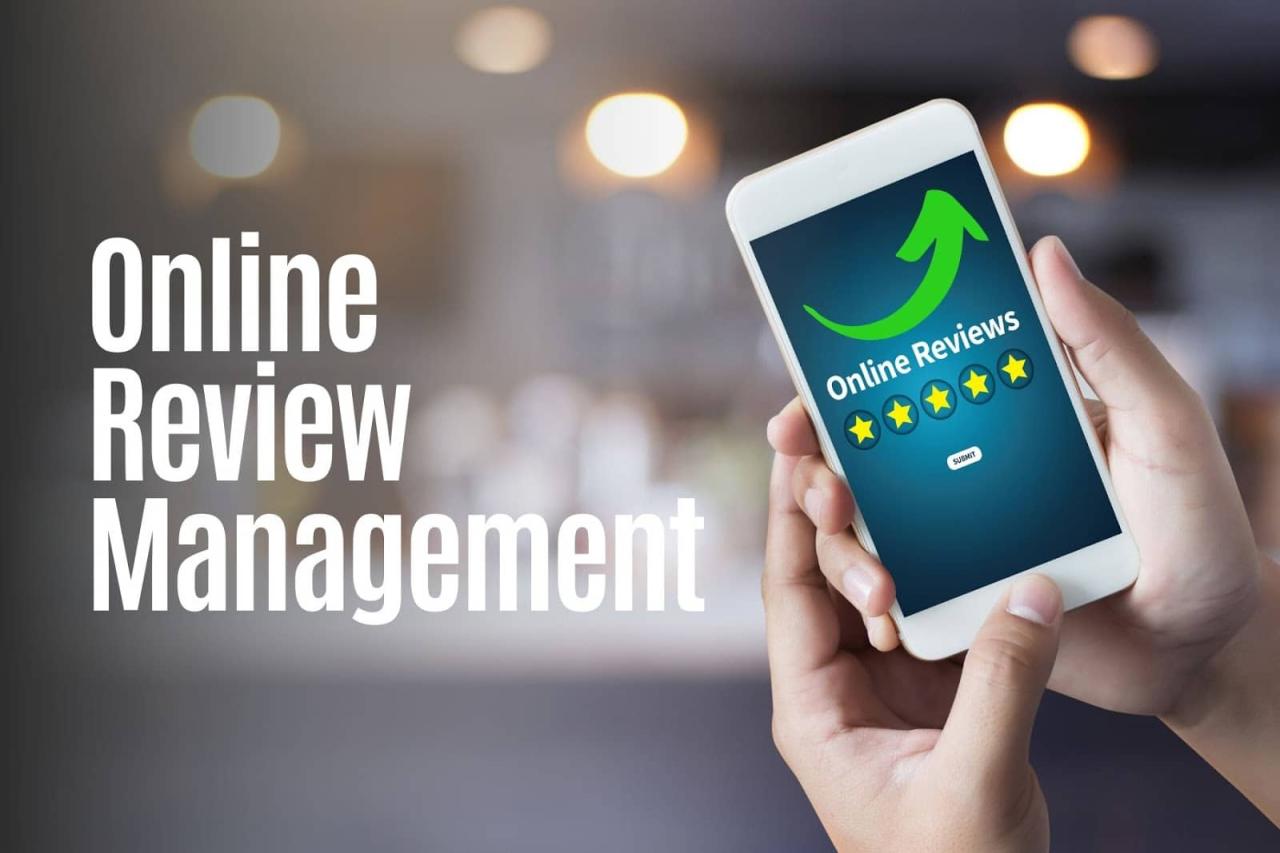Data Loss Prevention Software

Data loss prevention software is a crucial tool in today’s digital landscape, offering unparalleled security and peace of mind. Dive into the world of data protection with this comprehensive guide, exploring its features, benefits, and implementation strategies.
Overview of Data Loss Prevention Software

Data loss prevention software is a crucial tool used by organizations to protect sensitive information and prevent unauthorized access, leakage, or theft of data. This software helps in monitoring, detecting, and blocking any potential data breaches, ensuring data security and compliance with regulations.
Industries Using Data Loss Prevention Software
- Financial institutions: Banks, insurance companies, and other financial organizations use data loss prevention software to safeguard customer financial information.
- Healthcare sector: Hospitals, clinics, and healthcare providers utilize this software to protect patient records and comply with HIPAA regulations.
- Government agencies: Government bodies implement data loss prevention software to secure classified information and prevent data leaks.
- Technology companies: IT firms and tech companies use this software to protect intellectual property and sensitive data from cyber threats.
Importance of Data Loss Prevention Software
Data loss prevention software is essential for organizations to maintain data confidentiality, integrity, and availability. By implementing this software, companies can prevent financial losses, reputational damage, and legal consequences resulting from data breaches. It also helps in building customer trust and ensuring compliance with data protection laws.
Features and Functionality

Data loss prevention software offers a variety of key features that are essential in safeguarding sensitive information and preventing data leakage. These features are designed to provide comprehensive protection and ensure that critical data remains secure at all times.
Data Monitoring and Analysis
- Constant monitoring of data flow within the organization.
- Real-time analysis of data patterns and behaviors.
- Identification of potential risks and vulnerabilities.
- Alerts and notifications for suspicious activities.
Data Encryption and Masking
- Encryption of data at rest and in transit.
- Masking of sensitive information to prevent unauthorized access.
- Secure storage and transfer of data to maintain confidentiality.
User Activity Monitoring
- Tracking and logging of user actions and behaviors.
- Monitoring of file access, sharing, and modification.
- Identification of risky user behaviors and policy violations.
Data Loss Prevention Policies
- Implementation of customized data loss prevention policies.
- Enforcement of compliance regulations and standards.
- Configuration of rules for data handling and protection.
Integration and Compatibility
- Seamless integration with existing security systems and applications.
- Compatibility with multiple platforms and devices.
- Scalability to meet the growing needs of the organization.
Implementation and Integration
Implementing data loss prevention software in an organization requires careful planning and execution to ensure successful integration with existing systems and workflows.
Steps for Implementing Data Loss Prevention Software:
- Assess the organization’s data protection needs and objectives.
- Choose the right data loss prevention solution that aligns with the organization’s requirements.
- Develop a detailed implementation plan outlining timelines, responsibilities, and milestones.
- Deploy the software in a phased approach to minimize disruptions to daily operations.
- Provide comprehensive training to employees on using the data loss prevention tools effectively.
- Regularly monitor and evaluate the software’s performance to ensure it meets the organization’s expectations.
Tips for Successful Integration:
- Collaborate closely with IT teams, data security experts, and key stakeholders throughout the implementation process.
- Communicate clearly with employees about the purpose and benefits of the data loss prevention software.
- Customize the software settings to match the organization’s specific data protection policies and compliance requirements.
- Integrate the data loss prevention software seamlessly with existing security infrastructure and workflows.
Challenges and How to Overcome Them:
- Resistance from employees: Address concerns and provide training to help employees understand the importance of data protection.
- Complexity of integration: Engage with the software vendor and IT experts to navigate technical challenges and ensure smooth integration.
- Compliance issues: Stay informed about data privacy regulations and update software configurations to remain compliant.
- Budget constraints: Prioritize data loss prevention initiatives based on risk assessment and allocate resources effectively.
Benefits and ROI

Data loss prevention software offers a wide range of benefits for businesses looking to safeguard their sensitive information and maintain compliance with regulations. Let’s explore the advantages and how organizations can measure the return on investment (ROI) of implementing such software.
Benefits of Data Loss Prevention Software
- Prevention of data breaches: By monitoring and controlling data transfer, DLP software helps prevent unauthorized access and leakage of sensitive information.
- Compliance adherence: Organizations can ensure compliance with industry regulations and data protection laws by implementing DLP solutions.
- Protection of intellectual property: DLP software safeguards valuable intellectual property and trade secrets from unauthorized disclosure or theft.
- Enhanced data visibility: Businesses gain better visibility into their data flow and usage patterns, allowing them to identify vulnerabilities and potential risks.
- Improved incident response: DLP solutions enable organizations to respond quickly to data security incidents and mitigate potential damages.
Measuring ROI of Data Loss Prevention Software
Organizations can measure the ROI of DLP software by evaluating factors such as:
- Reduction in data breach incidents and associated costs
- Time saved in detecting and responding to security incidents
- Cost savings from improved data protection and compliance
- Enhanced productivity and efficiency due to better data management
Success Stories and Case Studies
Company XYZ implemented data loss prevention software and reduced data breach incidents by 50%, resulting in significant cost savings and improved security posture.
Organization ABC achieved regulatory compliance and avoided fines by deploying DLP solutions to protect sensitive customer information.
Commonly Asked Questions: Data Loss Prevention Software
How does data loss prevention software work?
Data loss prevention software monitors, detects, and prevents unauthorized data transfers to ensure sensitive information remains secure.
Which industries benefit most from data loss prevention software?
Industries such as healthcare, finance, and legal services heavily rely on data loss prevention software to protect confidential data.
Can data loss prevention software be customized for specific needs?
Yes, many data loss prevention solutions offer customization options to tailor the software to an organization’s unique requirements.






